If you want to get into electronics, it’s pretty straightforward: read up a little, buy a breadboard and some parts, and go to town. Getting into molecular biology as a hobby, however, presents some challenges. The knowledge is all out there, true, but finding the equipment can be a problem, and what’s out there tends to be fiendishly expensive.
So many would-be biohackers end up making their own equipment, like this DIY gel electrophoresis rig. Electrophoresis sorts macromolecules like DNA or proteins by size using an electric field. For DNA, a slab of agarose gel is immersed in a buffer solution and a current through the tank moves the DNA through the gel. The shorter the DNA fragment, the easier it can wiggle through the pores in the gel, and the faster it migrates down the gel. [abizar]’s first attempt at a DIY gel rig involved a lot of plastic cutting and solvent welding, so he simplified the process by using the little plastic drawers from an old parts cabinet. With nichrome and platinum wires for electrodes for the modified ATX power supply, it’s just the right size and shape for the gel, which is cast in a separate mold. The video below shows the whole build, and while [abizar] doesn’t offer much detail on recipes or techniques, there are plenty of videos online to guide you.
Need more apparatus to deck out your lab? We’ve got you covered there too.
Continue reading “Get Into Biohacking On The Cheap With This Electrophoresis Rig”

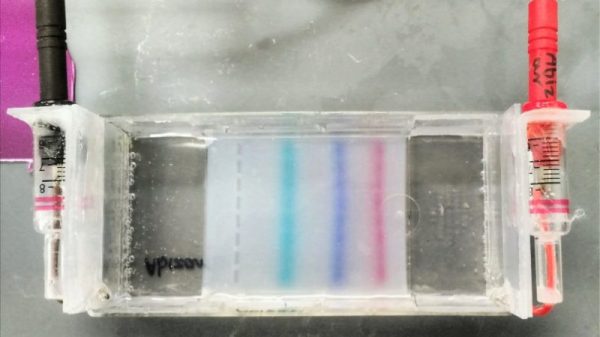


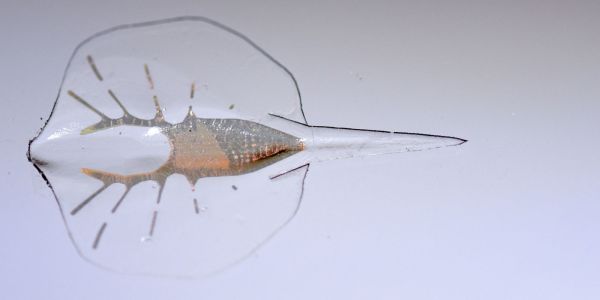

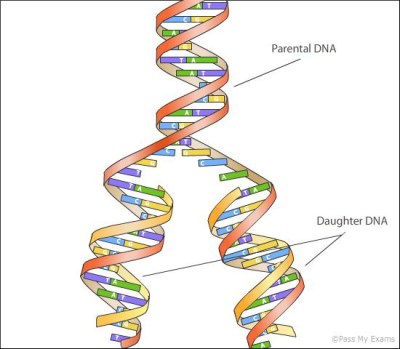

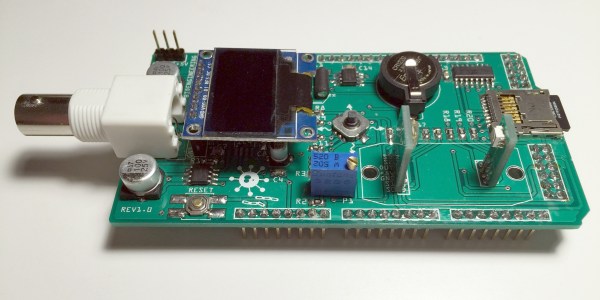
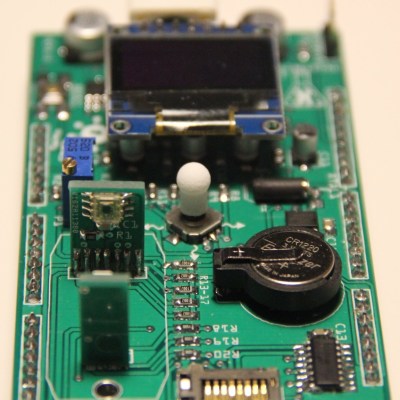 Taking the form of an Arduino mega-shield that supports a pH meter, a spectrophotometer, and a PID-controlled hot plate, [M. Bindhammer]’s design has a nice cross-section of the instruments needed to start biohacking in your basement. Since the shield piggybacks on an Arduino, all the data can be logged, and decisions can be made based on the data as it is collected. One example is changing the temperature of the hot plate when a certain pH is reached. Not having to babysit your experiments could be a huge boon to the basement biohacker.
Taking the form of an Arduino mega-shield that supports a pH meter, a spectrophotometer, and a PID-controlled hot plate, [M. Bindhammer]’s design has a nice cross-section of the instruments needed to start biohacking in your basement. Since the shield piggybacks on an Arduino, all the data can be logged, and decisions can be made based on the data as it is collected. One example is changing the temperature of the hot plate when a certain pH is reached. Not having to babysit your experiments could be a huge boon to the basement biohacker.








